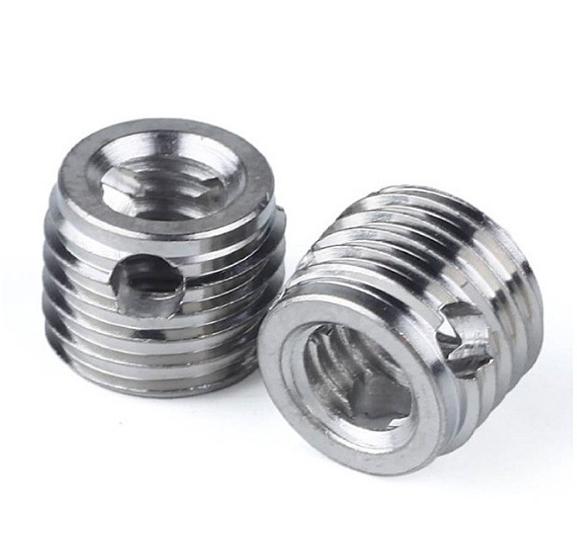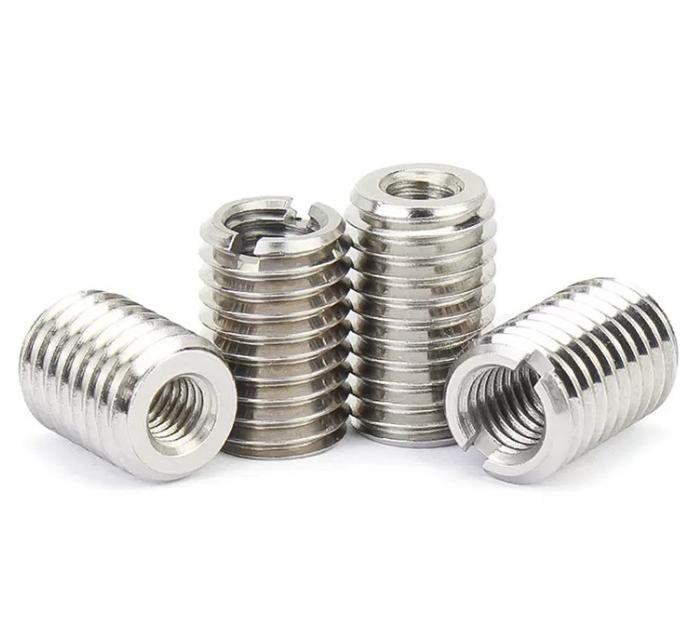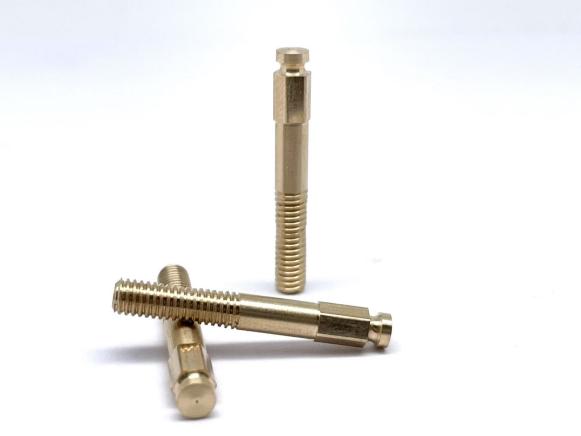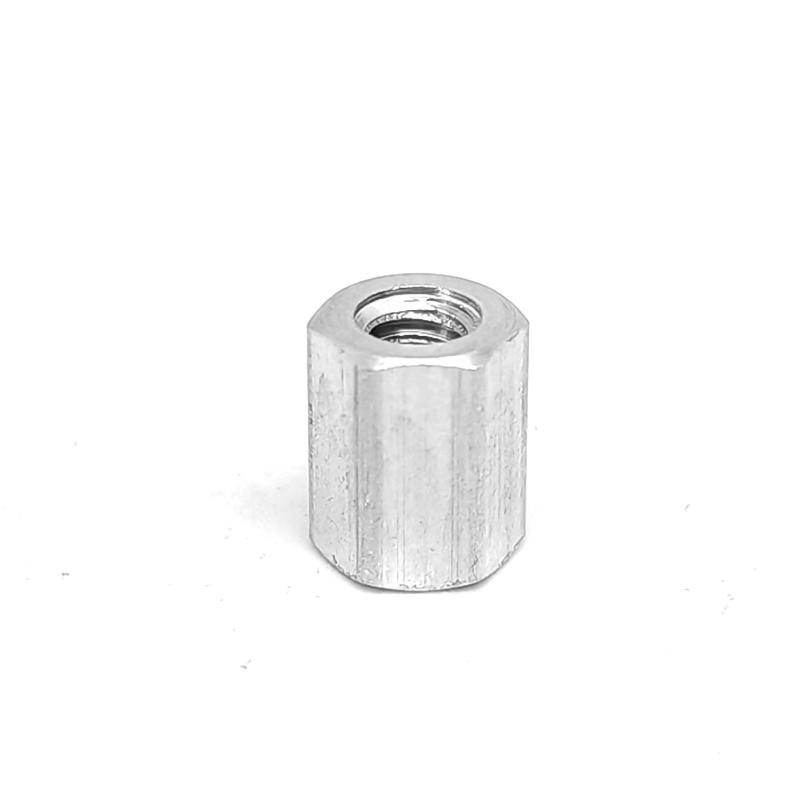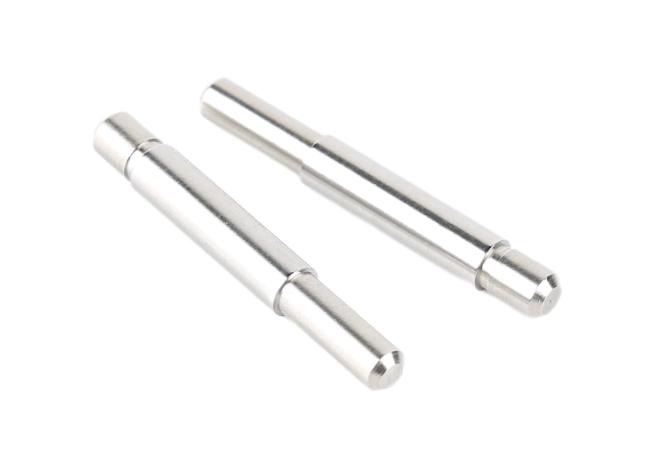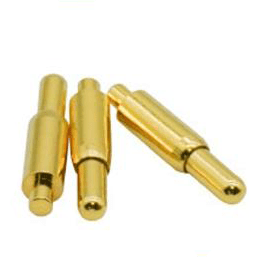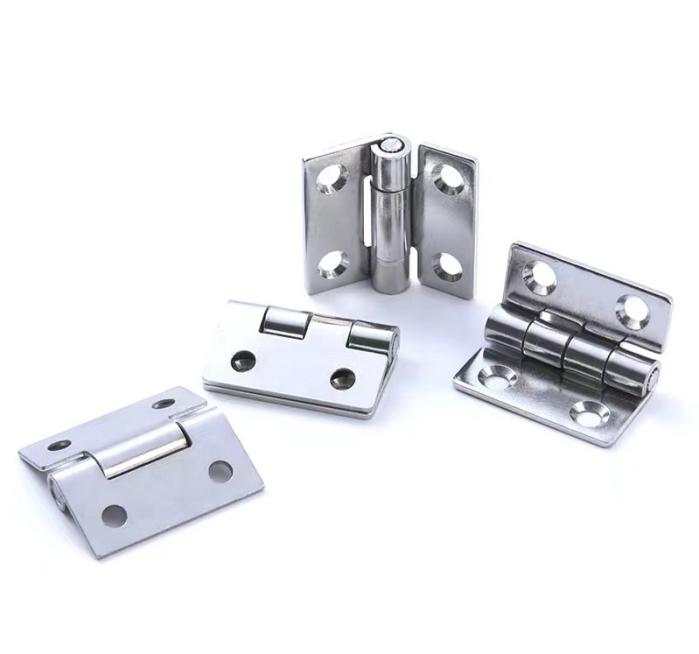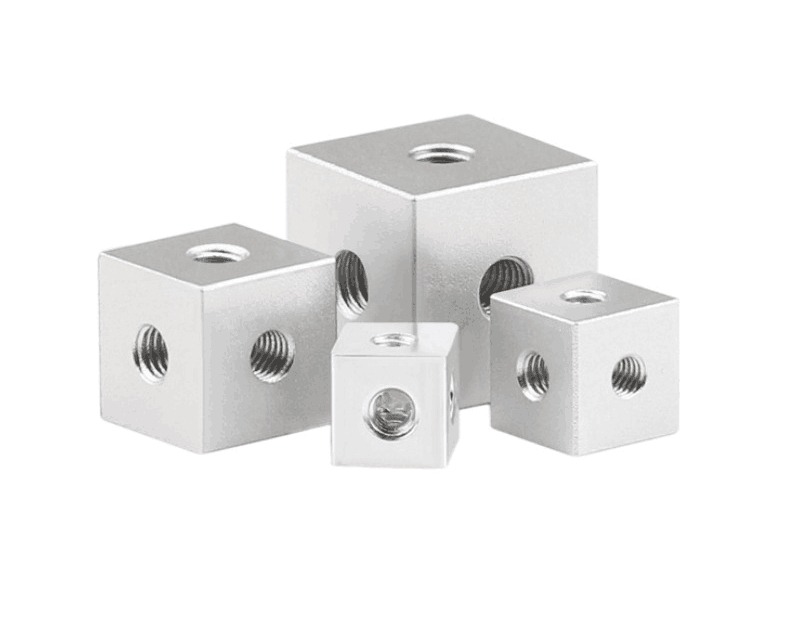Exploring Market Trends and Growth in the CNC Lathe Parts Industry
From automotive to aerospace, healthcare to electronics, the demand for CNC lathe parts continues to grow steadily, driven by evolving market trends and technological advancements. In this article, we explore the key market trends and growth factors influencing the CNC lathe parts industry.
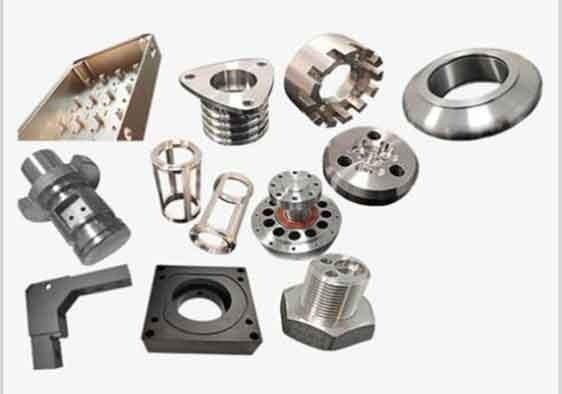
The Rising Demand for CNC Lathe Parts
1. Precision Engineering Requirements
- The escalating demand for intricate, high-precision components across diverse industries, including automotive, aerospace, medical, and electronics, is a primary driver behind the increased demand for CNC lathe parts.
- CNC lathe machines offer unparalleled precision, accuracy, and repeatability in machining complex geometries, tight tolerances, and fine surface finishes, making them indispensable for meeting the stringent requirements of modern engineering applications.
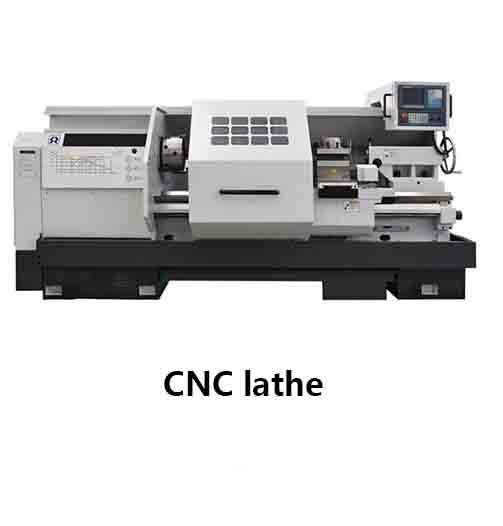
2. Shift Towards Automated Manufacturing
- The transition towards automated manufacturing solutions, driven by Industry 4.0 principles and smart factory initiatives, is amplifying the demand for CNC lathe parts.
- CNC lathe machines equipped with advanced automation features, such as robotic loading/unloading, integrated tool changers, and real-time monitoring systems, enable manufacturers to enhance productivity, reduce labor costs, and maintain consistent quality standards.
3. Customization and Rapid Prototyping Needs
- The growing emphasis on customization, rapid prototyping, and small-batch production is driving the demand for CNC lathe parts that can accommodate flexible manufacturing requirements.
- CNC lathe machines equipped with multi-axis capabilities, CAM (Computer-Aided Manufacturing) software, and quick changeover systems empower manufacturers to swiftly switch between production runs, iterate designs, and deliver bespoke solutions to customers in a timely manner.
4. Surge in Aerospace and Automotive Industries
- The aerospace and automotive sectors, characterized by their stringent quality standards, safety regulations, and innovation-driven nature, are major contributors to the rising demand for CNC lathe parts.
- CNC lathe components find extensive applications in manufacturing critical engine components, transmission parts, aerospace structures, and precision assemblies, supporting the continuous advancement and evolution of these industries.
5. Medical Device Innovation and Healthcare Needs
- The burgeoning medical device industry, fueled by technological advancements, demographic shifts, and rising healthcare expenditures, is driving significant demand for CNC lathe parts.
- CNC lathe components are instrumental in the fabrication of medical implants, surgical instruments, diagnostic devices, and prosthetics, contributing to advancements in healthcare delivery, patient care, and medical innovation.
6. Globalization and Supply Chain Optimization
- The globalization of supply chains, coupled with the need for cost-effective manufacturing solutions, is driving the outsourcing of CNC lathe parts production to regions with competitive labor costs and manufacturing expertise.
- CNC lathe parts manufacturers are leveraging global sourcing strategies, strategic partnerships, and supply chain optimization initiatives to enhance operational efficiency, reduce lead times, and meet the evolving needs of customers in diverse geographic markets.
7. Technological Advancements and Innovation
- Ongoing technological advancements in CNC machining technologies, tooling systems, cutting-edge materials, and digitalization are reshaping the landscape of CNC lathe parts manufacturing.
- Manufacturers investing in state-of-the-art CNC lathe machines, advanced CAD/CAM software, and additive manufacturing technologies are poised to capitalize on emerging opportunities, enhance product offerings, and stay ahead of competitors in a rapidly evolving market environment.
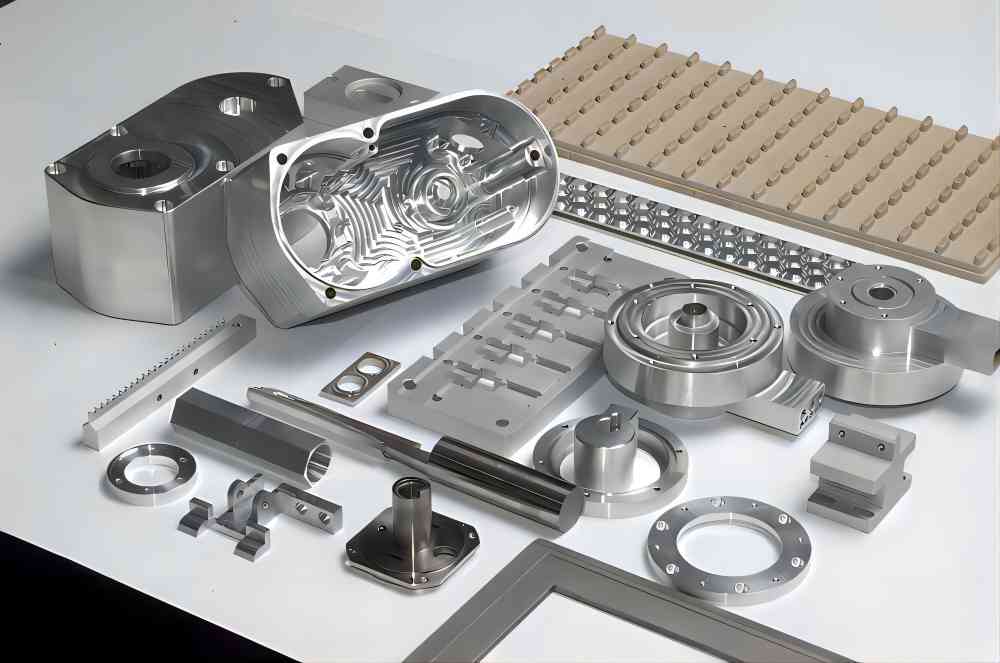
Market Trends in the CNC Lathe Parts Industry
1. Advanced Materials and Alloys
- The adoption of advanced materials, such as titanium alloys, high-strength steels, and composite materials, is driving innovation in CNC lathe part manufacturing.
- CNC lathe machines equipped with high-speed spindles, specialized cutting tools, and advanced cooling systems enable manufacturers to machine complex materials with precision and efficiency, catering to the demands of industries such as aerospace, automotive, and medical.
2. Sustainability and Environmental Concerns
- Sustainability considerations are increasingly influencing manufacturing practices in the CNC lathe parts industry.
- Manufacturers are adopting eco-friendly machining techniques, recycling coolant fluids, and optimizing energy consumption to minimize environmental impact and meet regulatory requirements, reflecting a growing emphasis on sustainability and corporate responsibility.
3. Digitalization and Additive Manufacturing Integration
- Digitalization and the integration of additive manufacturing (AM) technologies are reshaping CNC lathe part production.
- Hybrid manufacturing approaches combining CNC machining with 3D printing and laser sintering enables manufacturers to produce complex geometries, lightweight structures, and customized components with improved efficiency and cost-effectiveness.
4. Globalization and Supply Chain Optimization
- Globalization of supply chains and the expansion of emerging markets are creating new opportunities and challenges for CNC lathe parts manufacturers.
- Manufacturers are diversifying their supplier base, establishing strategic partnerships, and leveraging digital platforms for procurement and logistics to enhance supply chain resilience, reduce lead times, and meet the needs of global customers.
Challenges and Future Solutions in the CNC Lathe Parts Market
The CNC lathe parts market is witnessing significant growth and transformation. However, along with opportunities, the industry faces several challenges that require innovative solutions to sustain growth and competitiveness.
1. Skilled Workforce Shortage
- Challenge: The shortage of skilled CNC machinists and operators poses a significant challenge for manufacturers, impacting productivity, quality, and operational efficiency.
- Future Solution: Invest in workforce training programs, apprenticeships, and skills development initiatives to attract, retain, and upskill talent. Implement digital training platforms, virtual reality (VR) simulations, and hands-on training modules to enhance learning outcomes and bridge the skills gap.
2. Rapid Technological Advancements
- Challenge: Keeping pace with rapid technological advancements in CNC machining, automation, and digitalization requires substantial investment and expertise.
- Future Solution: Foster a culture of innovation and collaboration to harness emerging technologies and drive continuous improvement. Partner with technology providers, research institutions, and industry consortia to co-develop cutting-edge solutions, explore new applications, and stay at the forefront of technological innovation.
3. Quality Assurance and Compliance
- Challenge: Ensuring product quality, meeting regulatory requirements, and maintaining compliance with industry standards are critical considerations in CNC lathe parts manufacturing.
- Future Solution: Implement robust quality management systems, standardized processes, and inspection protocols to ensure adherence to quality standards and regulatory requirements. Leverage digital quality control tools, real-time monitoring systems, and data analytics for predictive quality assurance and continuous improvement.
4. Cybersecurity Risks
- Challenge: The increasing digitization of manufacturing processes and reliance on interconnected systems expose CNC lathe parts manufacturers to cybersecurity threats, such as data breaches and cyber-attacks.
- Future Solution: Implement robust cybersecurity measures, including network segmentation, encryption protocols, and intrusion detection systems, to safeguard sensitive data and protect critical infrastructure. Provide cybersecurity training and awareness programs to employees and stakeholders to enhance cyber resilience and mitigate cybersecurity risks.
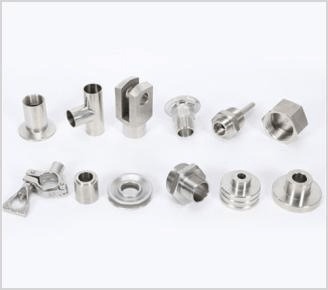
Conclusion
The CNC lathe parts industry is experiencing steady growth and evolution, driven by market trends such as Industry 4.0 integration, customization, adoption of advanced materials, sustainability focus, globalization, and embrace of additive manufacturing. Through understanding the market trends, embracing innovation, and addressing key challenges, manufacturers can capitalize on the opportunities presented by the burgeoning demand for precision-engineered CNC lathe parts.

